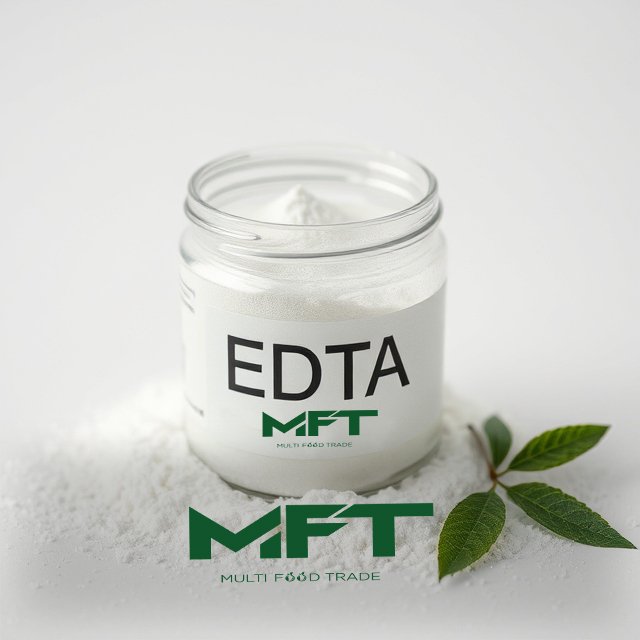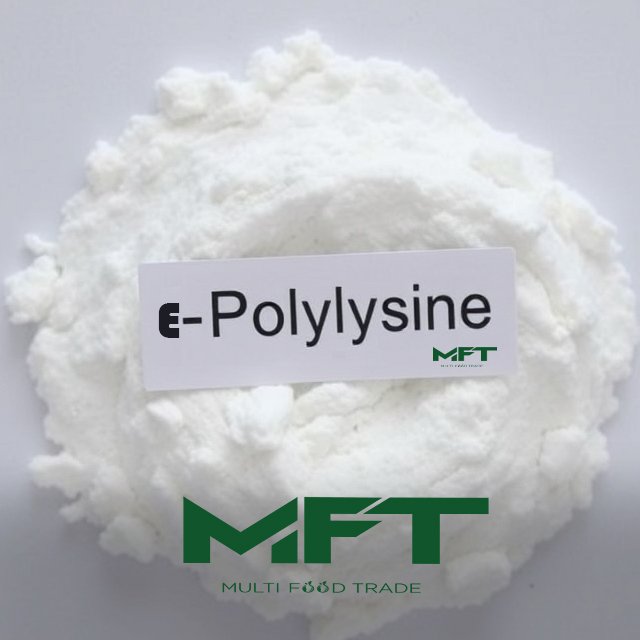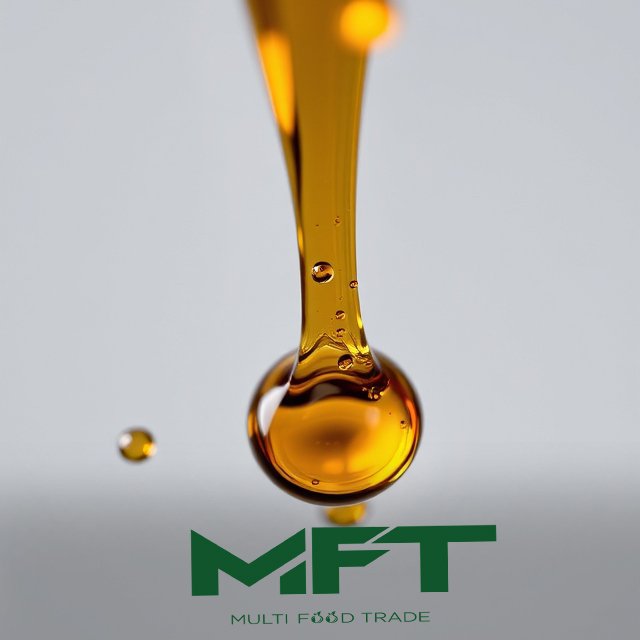1. Chelating Agent:
o Prevents Oxidation: EDTA is used in foods and beverages to bind metal ions (such as iron and copper), which can otherwise act as catalysts for oxidation reactions. Oxidation can lead to rancidity and color changes in products containing fats and oils.
o Prevents Discoloration in Vegetables: In canned vegetables, EDTA helps to prevent discoloration caused by metal ions reacting with plant pigments.
2. Preservative:
o Extends Shelf Life: By binding trace metals that may contribute to spoilage, EDTA helps increase the shelf life of processed foods.
o Stabilization in Beverages: EDTA is commonly added to beverages like fruit juices, soft drinks, and wine to prevent oxidation and ensure product clarity.
o Processed Foods and Meats: In canned foods, sauces, and processed meats, EDTA helps maintain the stability of flavors and colors, preventing off-flavors caused by metal contamination.
3. Texture and Consistency:
o Improves Stability of Dairy Products: In dairy products, EDTA can help prevent the precipitation of calcium salts, thus ensuring better texture and consistency
o Stabilizing Pectin in Jellies: In fruit preserves and jellies, EDTA can stabilize pectin, which helps in forming gels.
4. Functional Ingredient in Food Processing:
o Cheese Processing: EDTA may be used in cheese-making to control the mineral balance in the curd, improving texture and product quality.
o Vegetable Processing: EDTA is sometimes used in the processing of vegetables to maintain color and freshness, especially in canned and frozen products.

 .jpg)








.jpg)

